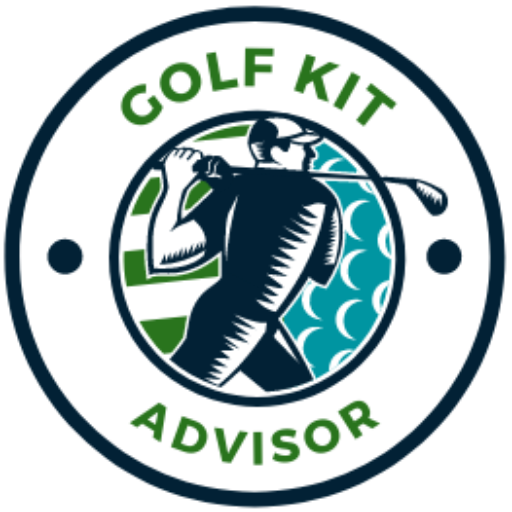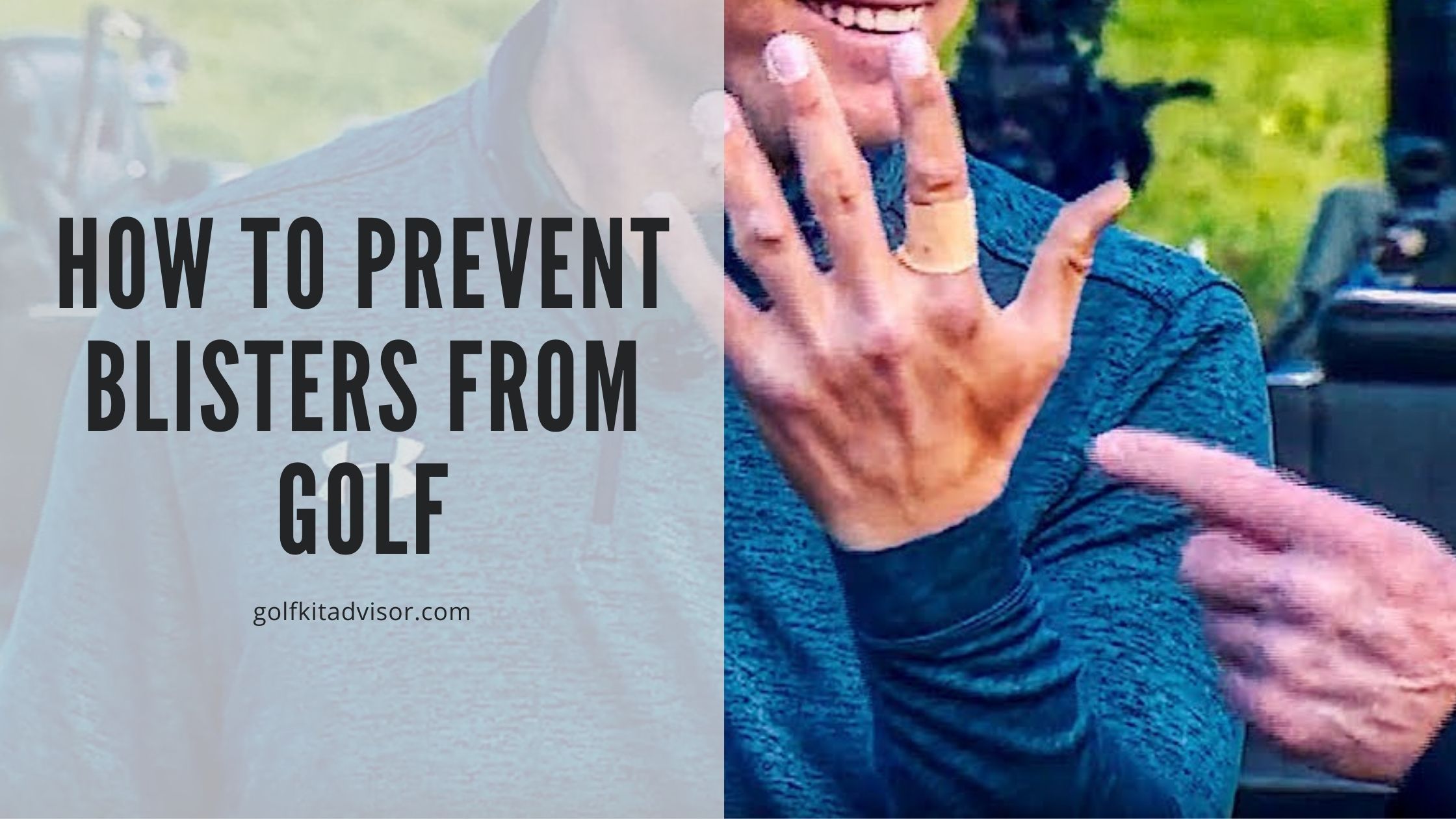Golf is a solitary pursuit. Golf is played by striking a ball from a tee into a hole using a club. Getting the ball into a hole with a minimal number of strokes is the primary goal.
But, playing for a long time without safety can lead to blisters on your hand. In this article, we shared a a guide about preventing blisters from golf. Whether you’re a beginner or an experienced player, golf is a sport that appeals to everyone.
Blisters on your hands after a round of golf or a session at the driving range? Blisters are common among golfers who use improper grip or put too much strain on the club. We’ve got a few pointers to keep you from falling victim to them in the first place.
On the other hand, the palms and fingers of certain golfers might become painfully blistered. Playing with blisters may be very painful if you acquire any. Blisters are a pain, but on a golf course, they are downright infuriating.
Golf is a game of subtlety, and a player’s ability to read the course is crucial to their success. Blisters may cause serious health problems, including strokes. On the hands and feet, in particular. You may, however, take care of them. Trying to figure out what to do with them!
Hand blisters are more likely in novices since their hands must get used to grasp the club. Calluses form on the hand as you practice consistently. It is possible that your grip is too strong or that you are holding the tool incorrectly, resulting in blisters. As a result, loosening your grip may help prevent blisters.
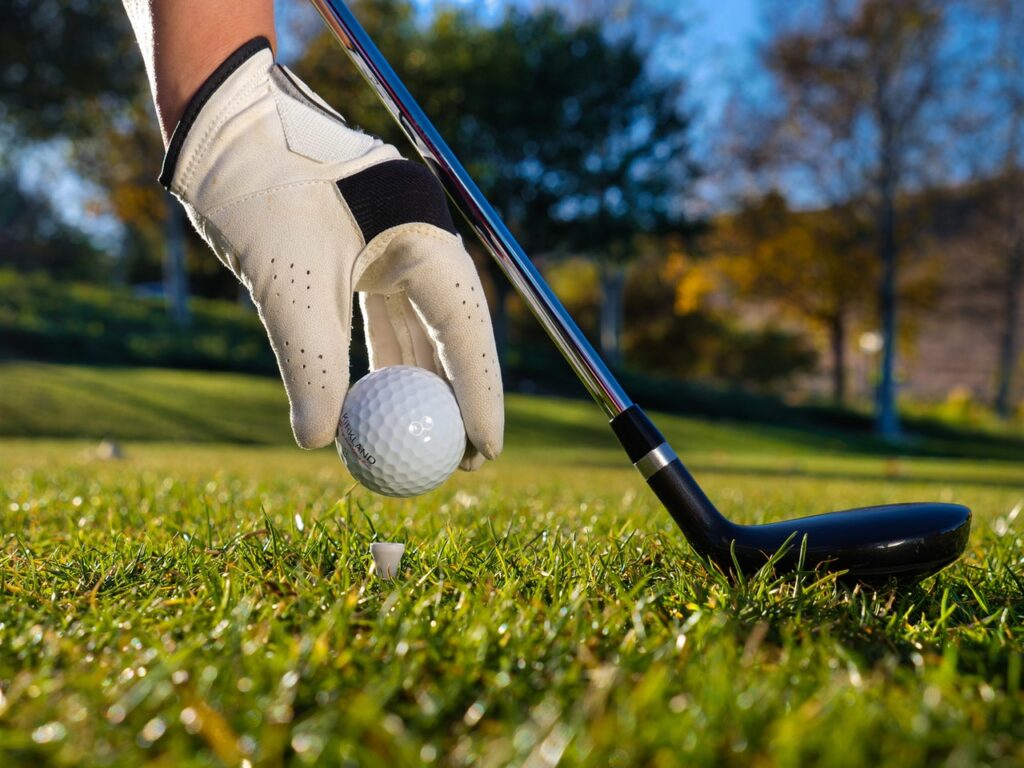
Table of Contents
What are Golf Blisters
A golf blister is a fluid-filled bubble that forms under the skin due to poor grip during a round of golf. Friction from clothes or skin-to-skin contact may also cause it to form. After a few days, most blisters will heal on their own. However, there are many different types of blisters.
Most Common Types of Golf Blisters
Blisters on Glove Hand
It is not compulsory to wear golf gloves, although they are recommended for all players. Gloves are often worn on the “lead” hand, the one on top of the grip. The left hand of a right-handed player normally wears a glove, on the right hand of a left-handed player does. Your glove hands might get infected with golf blisters if your hands are very sweaty.
While wearing gloves for an extended amount of time, excessive sweat may lead to blisters on the hands of golfers. Because the moisture becomes trapped within the gloves, it causes blisters and even skin peeling. Right-handed golfers are more likely to get golf blisters on their right hand than their left.
Blisters in the hand of a right-handed golfer may be caused by poor grip or the strain of gripping a golf club. Keep your body in control by limiting your time swinging the club and not playing through the discomfort.
Golf Blisters on Non-Glove Hand
If you don’t wear gloves while playing, you dramatically increase your risk of blisters. Gloves are strongly recommended to protect your skin from excessive pressure and friction when playing golf. Non-gloved hands are more susceptible to blisters if your skin is too dry.
Blisters on the Thumb from Golf
Your glove, thumb, or grips all have a role in forming these patterns. Squeezing too hard might cause blisters. As a result of friction and pressure, the top layer of skin is ripped away, leading to hand blisters. If your grip is not the issue, your right thumb may be moving, or your glove may not fit correctly.
Ways to Prevent a Golf Blister
The blister should be covered as quickly as possible with a bandage or a wrap. A loose cloth might be used to cover the region. Blisters may be protected from further deterioration by using Body Glide.
After trimming the bandage around the blister’s edge, attach gauze to the bandage. Allowing you to move and grip your club without pain will be made easier by using gauze.
Even if blisters prevent you from grasping your club, do not burst them. The blister’s internal fluid will shield the bottom of the blister. In addition, the fluid contains a wide range of therapeutic properties, which will assist in healing.
1. Blisters on the hands and fingers? Use this tape!
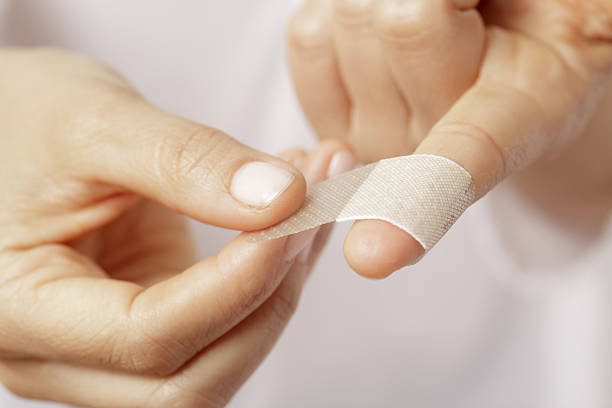
Using sticky tape on your golf shoes may help prevent blisters. Tape the parts of your hands and fingers most susceptible to blisters. Consider using waterproof tape, which will remain adherent even when wet and last longer.
Most serious golfers have their fingers taped up while out on the range. This is most likely because they practice and smash golf balls so often that they must protect their hands. Regular medical tape is thin enough to hold the club, yet it has a great feel about it. However, the tape is thick enough to establish a boundary around the finger, protecting it from injury.
2. For Golf Blisters, Use a Medical Band-Aid
Putting a band-aid on a golfer’s finger or palm before applying tape may help prevent blisters from forming. With this, you can keep your golf blisters at bay as you play. One of the most effective strategies to prevent and treat blisters when golfing is to use a mix of tape and a band-aid.
3. Use Gloves

Using a golf glove is the most common method of preventing golf blisters. To alleviate the discomfort caused by golf blisters, many people place one on each of their hands. A golf glove covers several parts of the hand, so it’s a wise decision.
The tape we recommended is more effective when the issue is concentrated in a single place. Gloves not only save your hands from being blistered, but they also provide you with a better grip on your club. To make firm contact, the more stable connection makes it simpler to avoid erroneous control of the club or a miss-hit due to grip strain.
Gloves may be worn year-round, regardless of the weather. There are summer gloves, rain gloves, and winter gloves to choose from, depending on the weather.
4. Clean your Golf Clubs Regularly
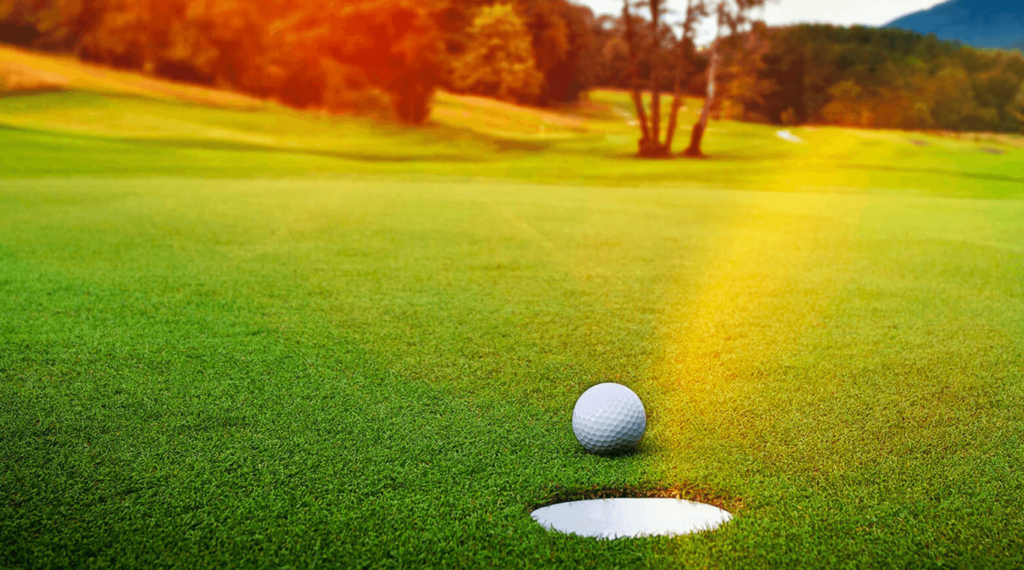
Is it a habit for you to clean your golf clubs? Do you also clean the grips of your golf clubs when you wash your hands? When cleaning their clubheads, most golfers also neglect to clean their grips. A blunder has been made in this situation. It is important to clean the grips of your golf clubs often. Bacteria, sand, and other waste will accumulate in the area where the group meets.
Incorrect cleaning of this grip may result in skin irritation. That means you’ll have to put up with the filthy club for the duration of the round, which might cause blisters. It’s not difficult to clean the grips of a golf club. Take a pail of soapy water and a microfiber cleaning cloth, and you’ll have a sparkling grip in no time.
You may also use an old toothbrush with soft bristles for another junk removal. Before resuming use, it is essential to allow the grip to dry up completely. Place the grips outside the bag in a shaded area of your house or yard. Keeping your grips clean is as simple as allowing them to air dry for a few hours. By keeping your grips clean, you can go a long way in controlling your grip pressure and your golf game’s overall health.
Frequently Asked Questions
Q. How do you prevent blisters when golfing?
A. Golf is a game of perfecting the swing and finesse, but you must also be prepared for the blister-causing conditions. If you are playing a game of golf on a sunny day, you should protect your hands and fingers from the harsh rays of sunlight by wearing golf gloves. You can lock in the moisture by wearing golf gloves and prevent your hands from drying out and getting chapped.
Q. Why do I get blisters from golfing?
A. The friction between the golf club and your hands causes blisters. And it starts from the first swing until you finish playing. But blisters only appear if a layer of your skin is removed, which is what sweating does. So wearing a golf glove will certainly help.
Q. Do golf gloves stop blisters?
A. No, not really, but some good golf gloves are available in the market. Just like any other clothing you wear, your hand is the part of your body that will be directly in contact with the golf club.
The glove is good only to a certain extent. If you keep the glove on for longer, it will rub against your skin and cause blisters. Golfers who wear gloves usually remove them after every couple of holes and reapply sunscreen. This is undoubtedly a better option than not wearing gloves at all.
Q. Why am I getting blisters on my right hand from golf?
A. A blister can occur when a person uses a tool or applies pressure to an area of the skin. Your right-hand swings a golf club, which adds stress and pressure on the skin and surrounding tissue.
The position of your right hand during the swing places pressure on the right thumb, index finger, and middle finger. Pulling the club toward your body applies additional pressure. If the tool you are using or the pressure you are applying puts added stress on your hand, the skin could become irritated and manifest as a blister.
Q. How do you heal a golf blister fast?
A. Golf blisters are caused when the skin on your hands is rubbed against the golf club handle. This can be due to many reasons. First is the clubs you are using: if you are using clubs with soft grips and the club face is more open, the chances of developing blisters are high. If you have large hands, the chances are higher than others to develop blisters.
Cleaning your hands by washing and drying them with a towel after every golf session is the way to heal and prevent blisters. Using moisturizer and sunscreen on your hands is also recommended. If you want to heal your golf blisters faster, apply antiseptic lotion and some antibiotic ointments on the blisters.
Q. How do you cover a blister, so it doesn’t hurt?
A. A blister is a collection of fluid that forms under the skin and is usually a result of friction or pressure. It usually has no color, and it can be caused by anything from a small cut to a scrape to a burn or scald to wearing tight shoes or even a sock that is too small. It is most common on foot but also on the hands. Blisters can be extremely painful and uncomfortable.
Conclusion
Hopefully, you’ve learned how to deal with a golfer’s blister. In some cases, blisters don’t signal that your grips need to be changed or cleaned but that you’re holding the club wrongly. Check your grip pressure in addition. Although your hands are on the club, you’re putting too much stress on the club itself.
If you’re having trouble avoiding blisters, follow our advice, and you shouldn’t have any more problems. Your hands will get stronger, and you will be able to deal with blisters much better in the long run. Follow our blog, golfkitadvisor, regularly for information about golf.
